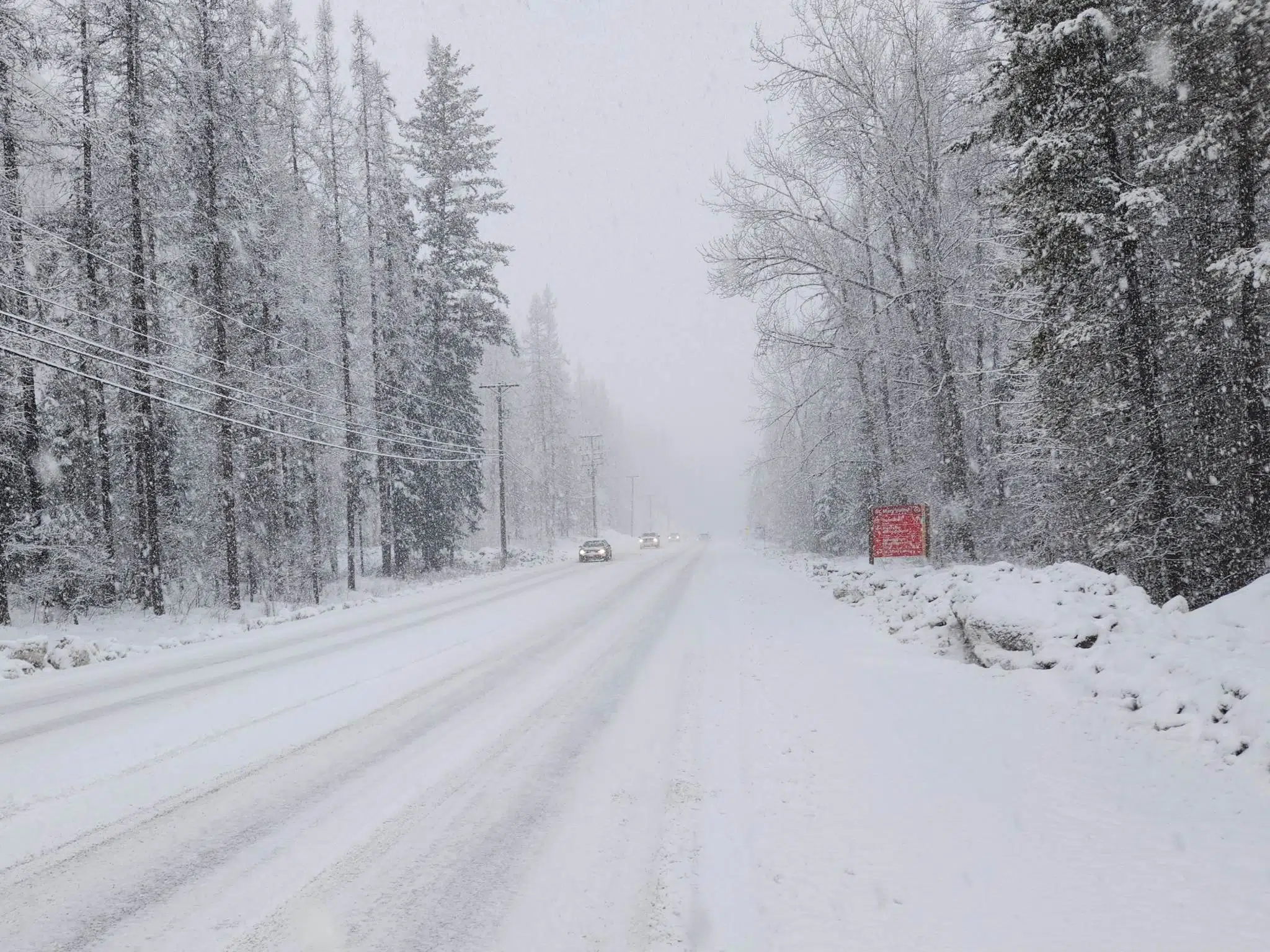BC Hydro is urging British Columbians to prepare for more severe storms this winter and potential outages, as La Niña conditions and drought over the summer months may increase the risk.
La Niña, a natural climate phenomenon, is marked by cooler-than-normal ocean temperatures in the central and eastern Pacific.
According to Environment Canada, La Niña typically shifts storm tracks and strengthens the jet stream, often bringing wetter, stormier winters to British Columbia, along with colder conditions in parts of the Prairies.
BC Hydro cited that weakened trees and branches from drought are more likely to fall during storms, and according to Hydro, they are already one of the main causes of outages.
“In 2024, more than 1.4 million customers experienced weather-related outages — the highest on record,” said BC Hydro spokesperson Susie Rieder.
“With La Niña expected to intensify storm activity — it’s more important than ever to be prepared.”
A recent survey from BC Hydro found a generational gap in emergency preparedness.
According to the survey…
Adults aged 18 to 34 are the least likely to have an emergency kit, with more than half of those surveyed saying they haven’t prepared.
Cost and uncertainty were the main reasons cited.
Despite this, younger adults said staying connected during outages is a top concern, though many were unaware of the risks posed by fallen power lines.
In response to increased weather threats, BC Hydro has expanded storm preparations, including a $150-million annual vegetation management budget, improved outage tracking, and faster crew deployment.
Customers are encouraged to build a 72-hour emergency kit and report any fallen power lines by calling 911.









Comments